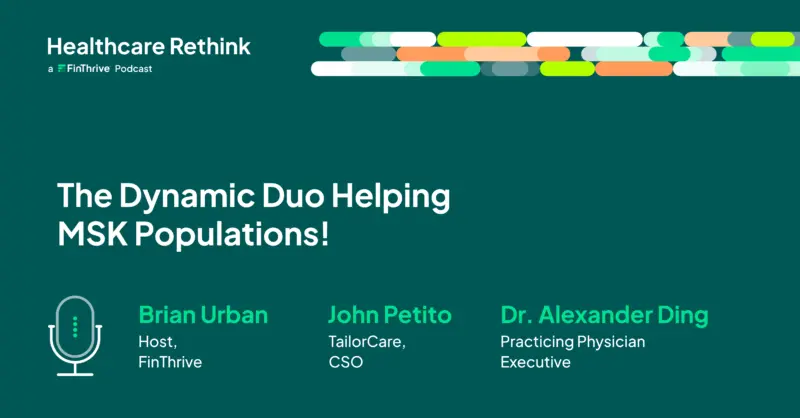Axiometrics is Revolutionizing Orthopedic Care to Create Better Outcomes for Patients
Axiometrics may be new but it’s set on revolutionizing orthopedics forever. Every year, approximately two million Americans suffer from acute ankle sprains, and bone and joint injuries in the lower limbs. While most of these injuries heal with time, there is a subset of patients who experience chronic ankle instability, enduring persistent pain and limited mobility. Unfortunately, the underlying causes of this condition remain poorly understood. However, the tides may be turning, thanks to the perseverance of a determined doctor and advancements in imaging technology.
Orthopedic surgeries play a crucial role in restoring mobility and alleviating pain for countless individuals. However, the complexity of these procedures and the potential for iatrogenic injuries necessitate constant innovation and improvement. By embracing new concepts, like axiometrics, which involve measuring the functional relationships between the hip, knee, and ankle joints, there is promise for identifying and addressing the underlying causes of joint deformities, ultimately leading to improved patient outcomes and a reduction in long-term complications.
Dr. Andy Goldberg, Foot and Ankle Orthopedic Surgeon, developed axiometrics with CurveBeam AI to bring the axial plane back to the forefront in medical imaging. In a short documentary about CurveBeam AI‘s axiometrics, he explained how watching a loved one face chronic pain and deformity pushed his advocacy for revolutionary CT imaging of the lower extremities. Several doctors who work in the field of orthopedics have seen these joint injuries first-hand, how they develop, and what they believe is revolutionizing the field of orthopedics.
Drs. Goldberg, San Giovanni, and Stronach’s Thoughts
“So my interest in this area stemmed really back more than 20 years when my grandmother broke her hip and went into hospital, and she had her hip fixed with something called a dynamic hip screw. And it was done by a junior doctor, and I’m sure he’s well-meaning, but he rotated her femur slightly inwards and fixed it with a pin and plates. I noticed that her knee was facing inwards and her foot was facing inwards, which it wasn’t before. Over, I would say, the next year, she started to develop what’s called a valgus knee, so the knee started twisting outwards. And her foot started to collapse inwards, and she had what’s known as a planovalgus foot. This seemed to me to be an iatrogenic injury, meaning it was caused by the surgery that she’d had. And so I, again, went around trying to persuade doctors that this was an important area. Maybe we could look at twisting it back. And they all looked at me, with abhorrence that I could either question the surgery. They couldn’t demonstrate that it was rotated. On a plain x-ray, you can’t see that axial malrotation. Being in her late 80s, early 90s, no one wanted to operate to correct the problem. And over the next five years, she developed more and more deformity, more and more pain, more and more arthritis. For me, very disheartening that this was the experience that a patient would go through. And it stemmed my interest in a new type of surgery, which was a new type of surgery. I was very interested in this notion of axial rotation and the notion of axiometrics.”
-Dr. Andy Goldberg, Foot and Ankle Orthopedic Surgeon
“So we may see things downstream. It’s not uncommon that we’ll see six to nine months after a knee replacement in somebody that had, let’s say, a varus osteoarthritis of the knee, which might be the more common if it’s osteoarthritis, that will then start to have posterior tibial tendon dysfunction. Six, nine months later, start getting soreness. And they may have pre-existingly [sic] had some flat foot deformity, but asymptomatic, that has now become symptomatic.”
-Dr. Thomas San Giovanni, MD, Foot and Ankle Orthopedic Surgeon
“In general, we have seen increasing subspecialization of orthopedic surgeons where our focus has become more narrow. We see some surgeons that focus only on the hip, or only on the knee. Foot and ankle specialists really focus only on that area. And so we do see increasing subspecialization in our field. It really means we’ve got to be very good about communication because it can have significant impact on your area that you’re treating, such as how the ankle can affect the hip, and these other areas are all connected to one another.”
-Dr. Benjamin M. Stronach, Hip and Knee Orthopedic Surgeon



